muraje
Who: Federico and Deborah Santini
Where: Carema (Piemonte, Italy)
What grapes: Nebbiolo, Erbaluce
Key facts: Steep terraces and elaborately trellised ‘Picotendro’ heirloom Nebbiolo shape wines from this tiny farm.
Website: muraje.it
Instagram: @murajecarema
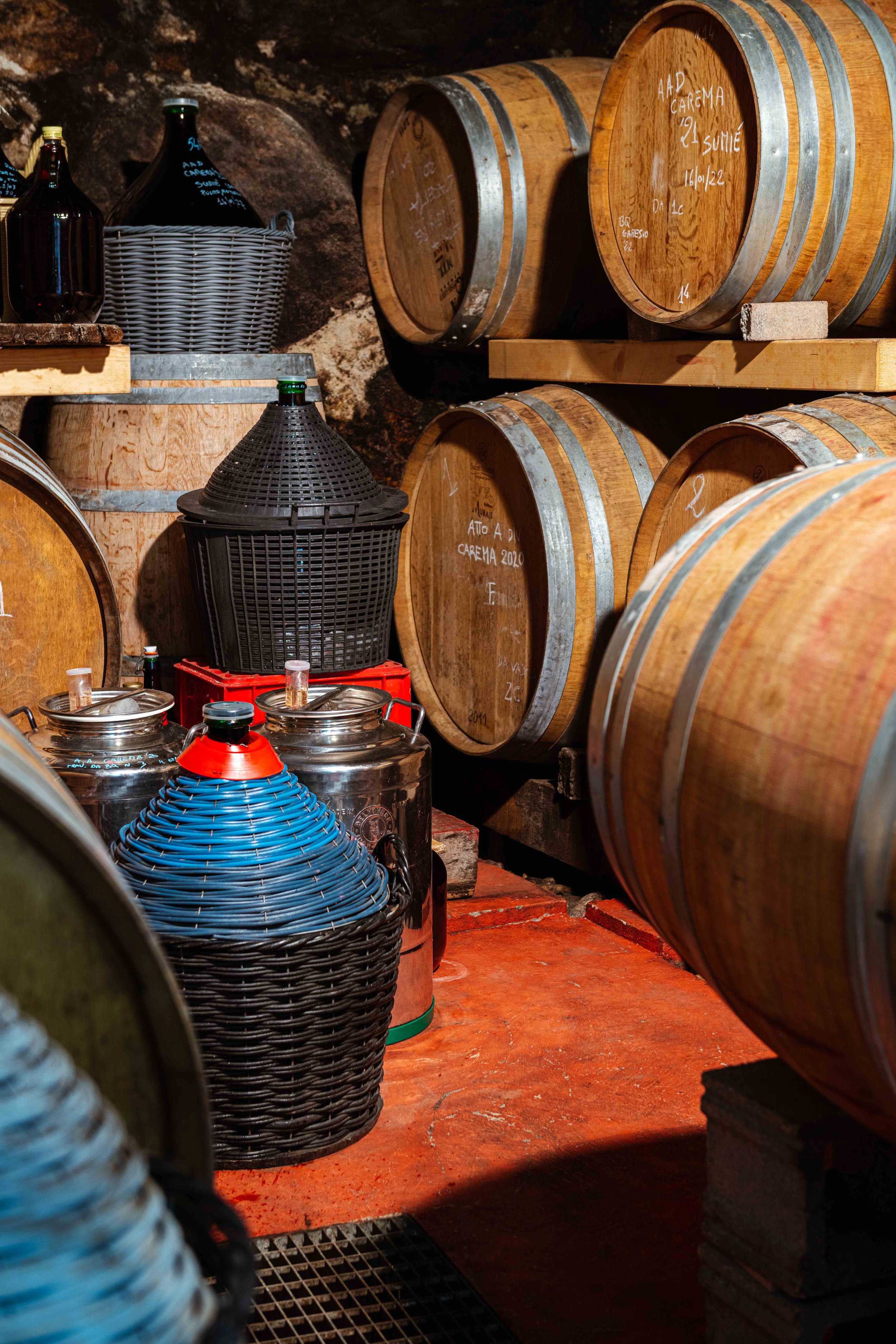

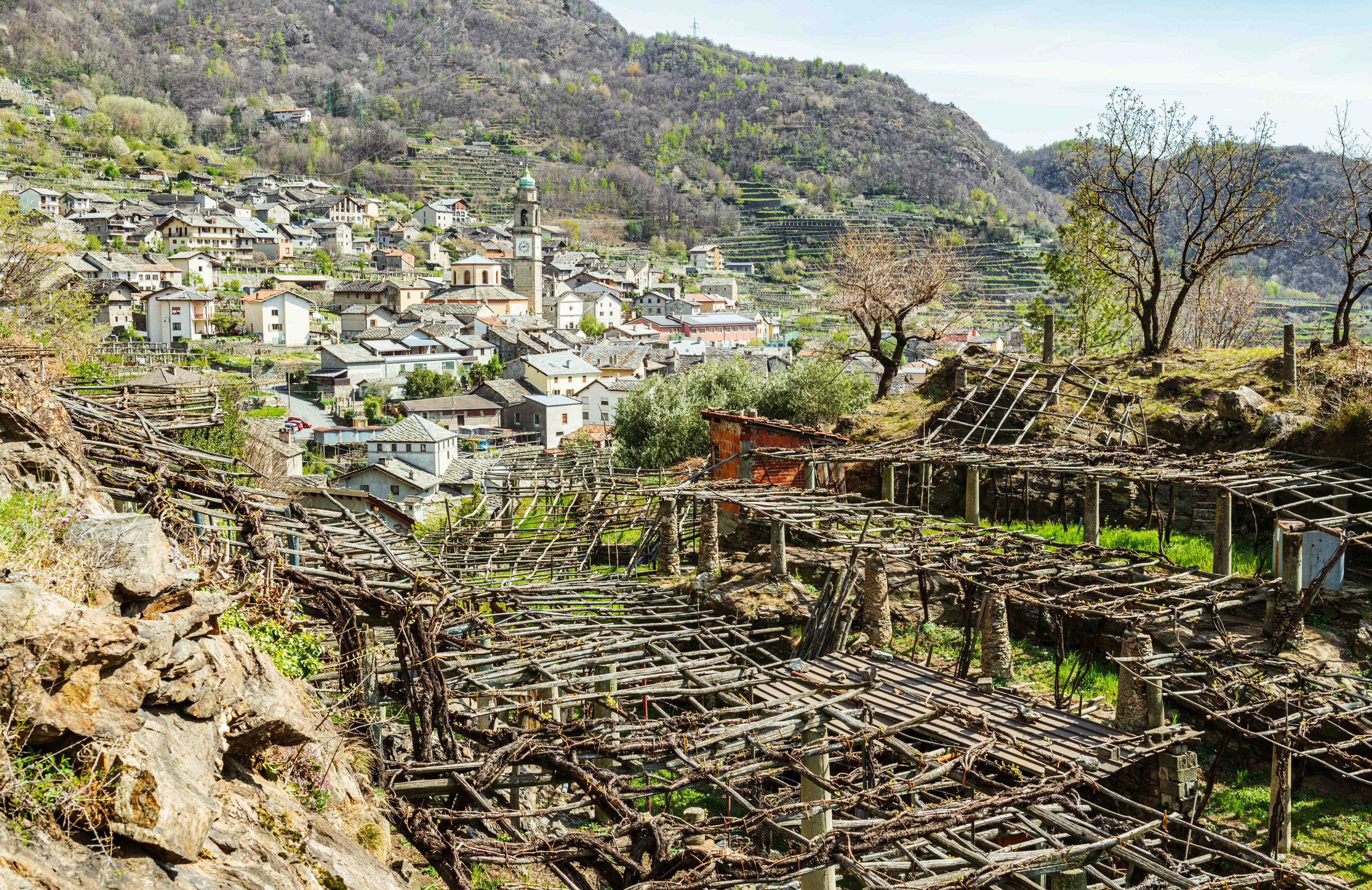
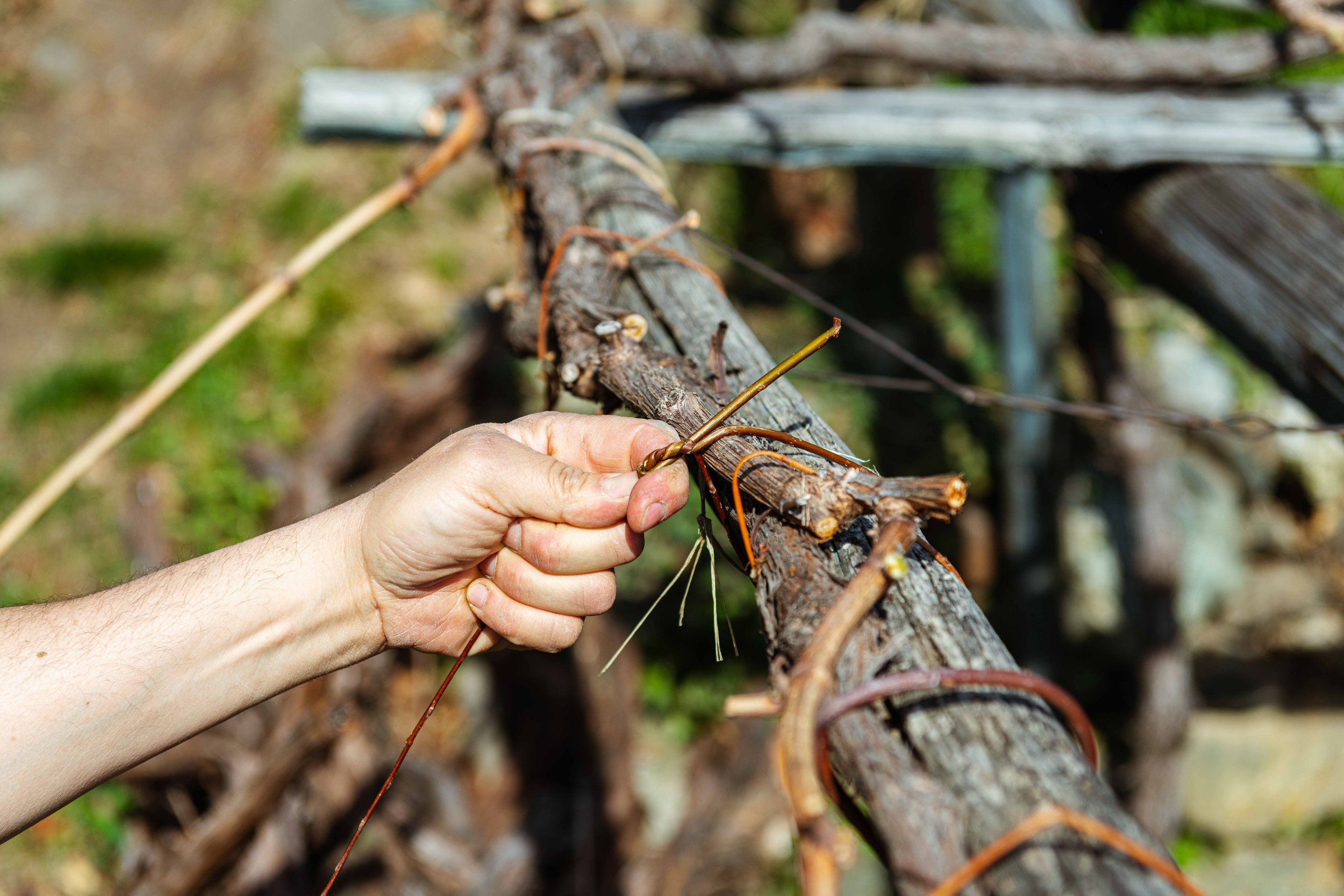



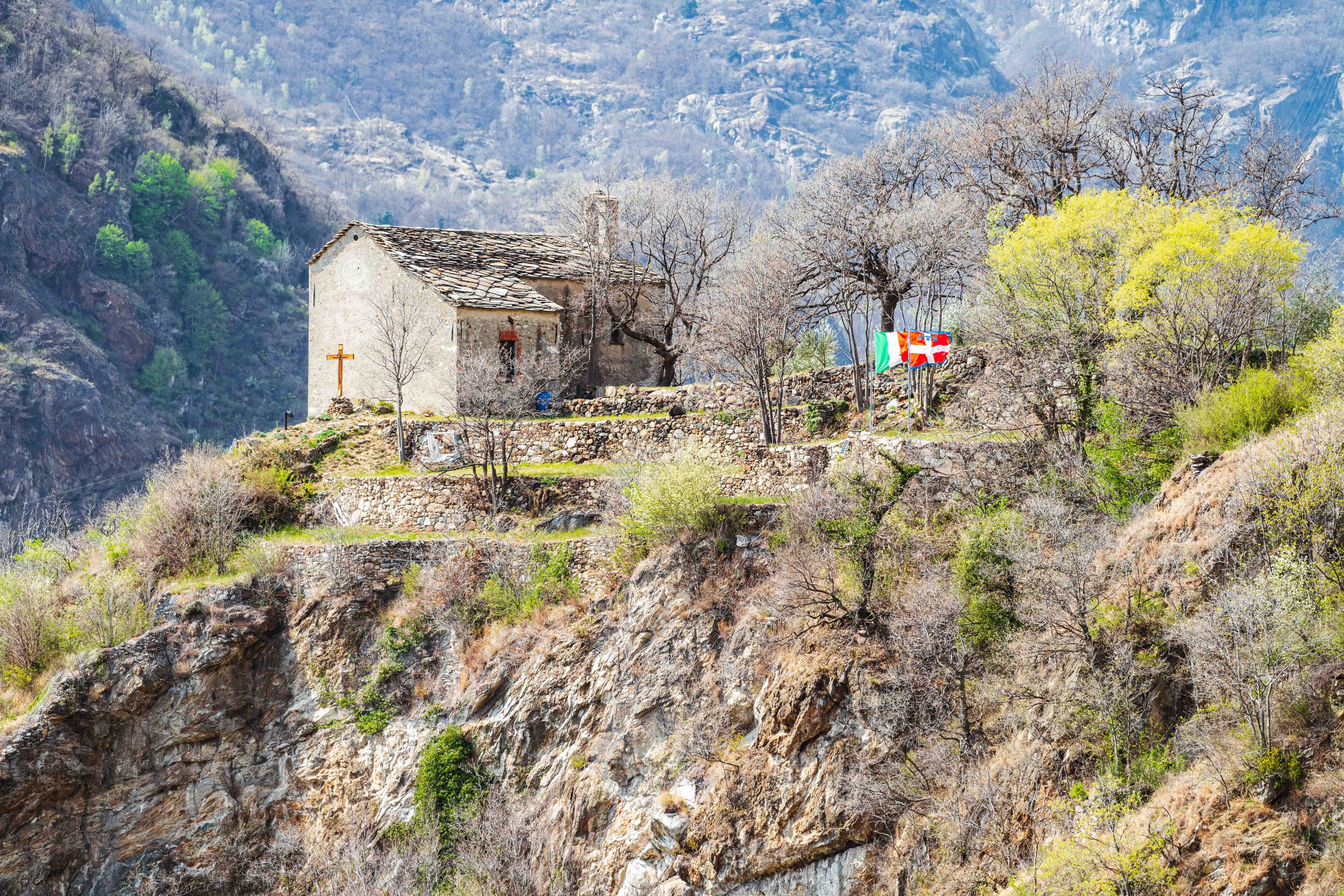
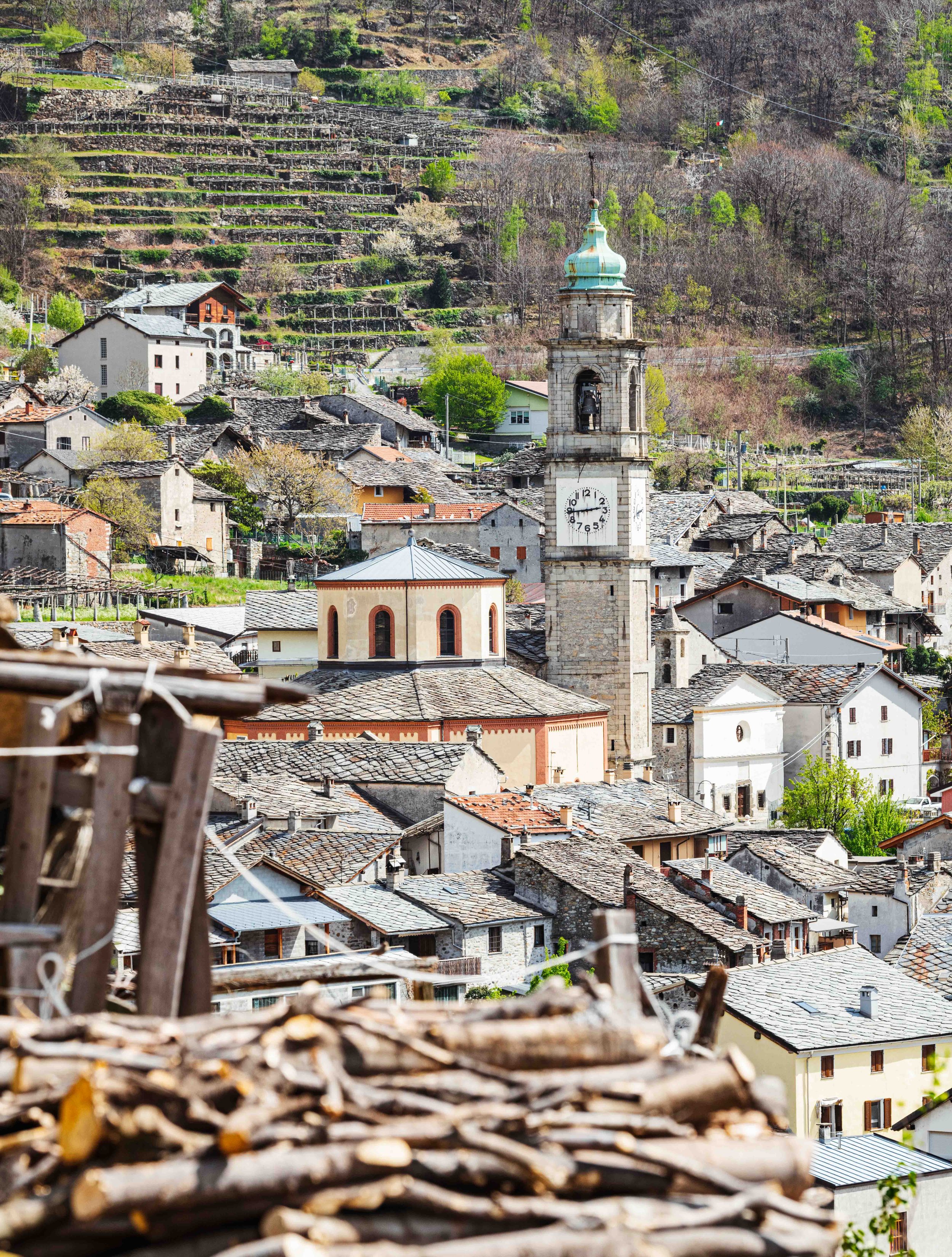
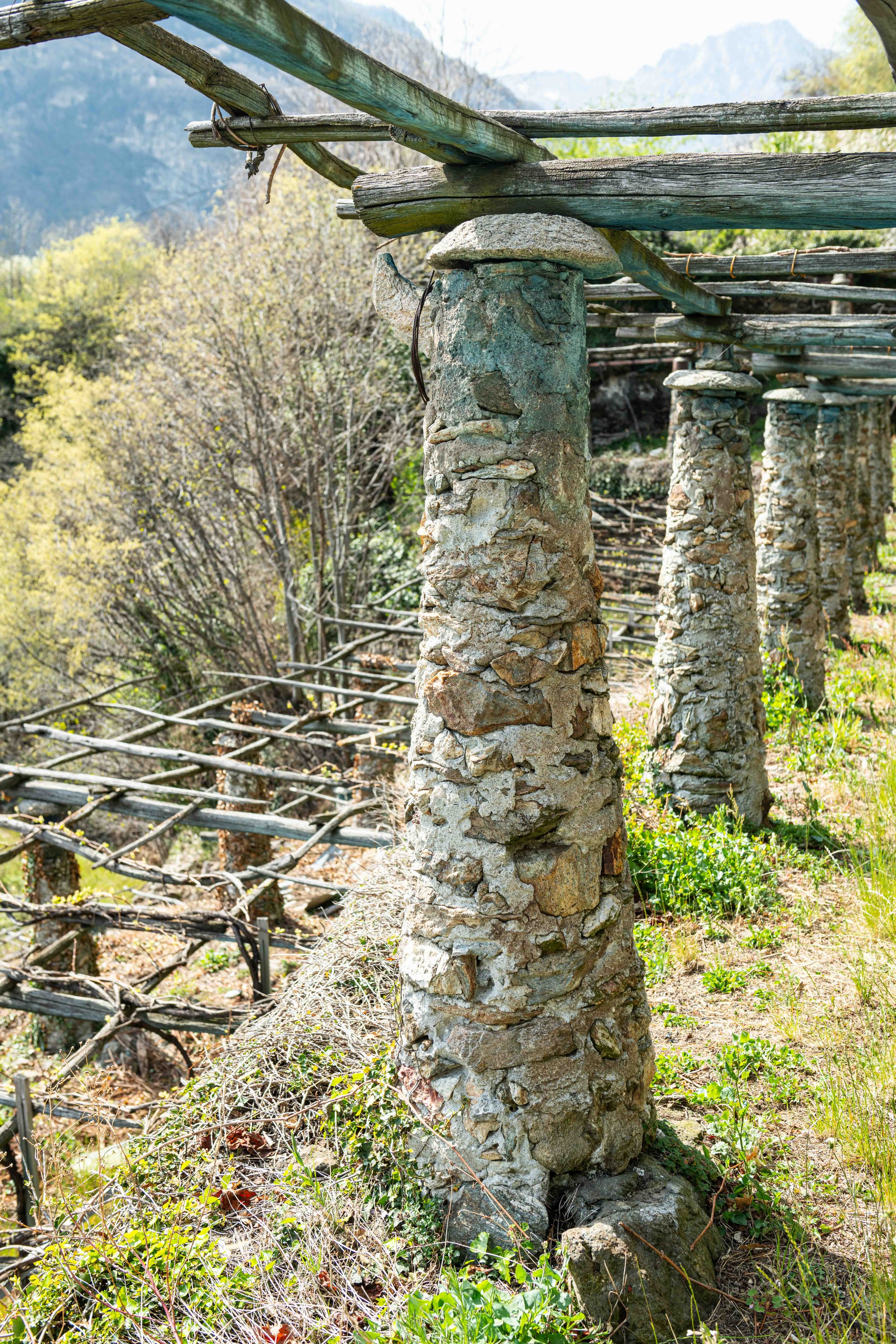
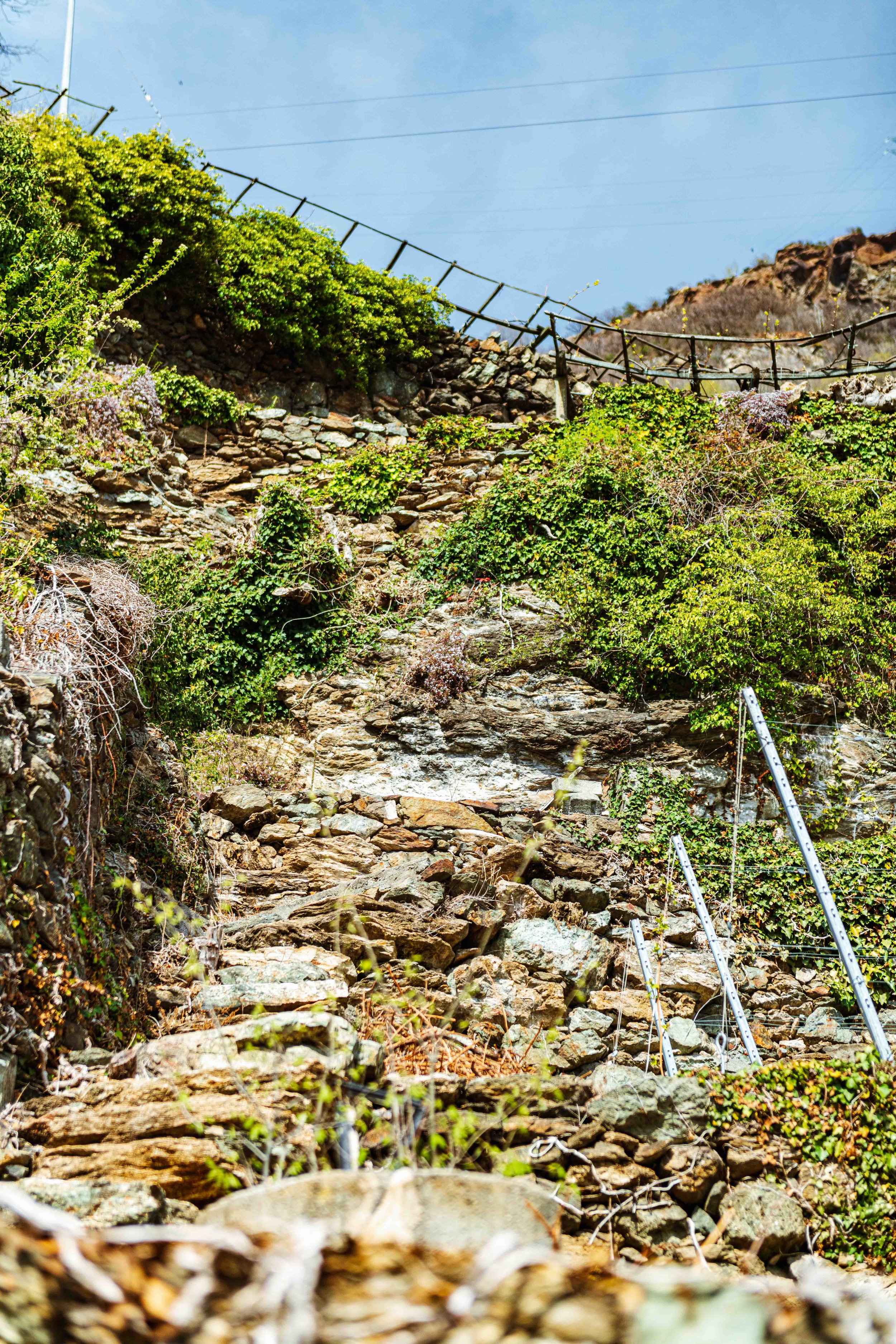
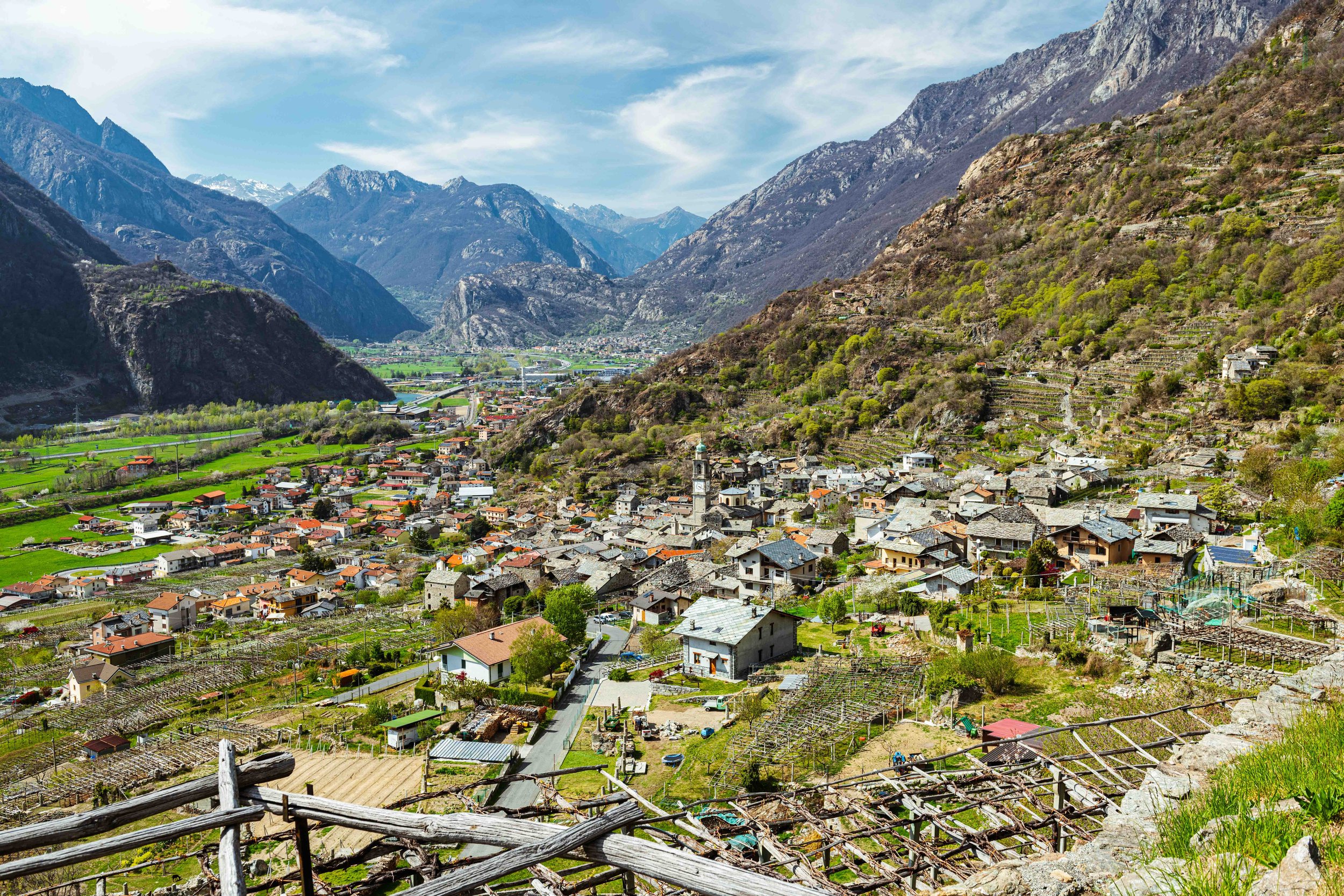
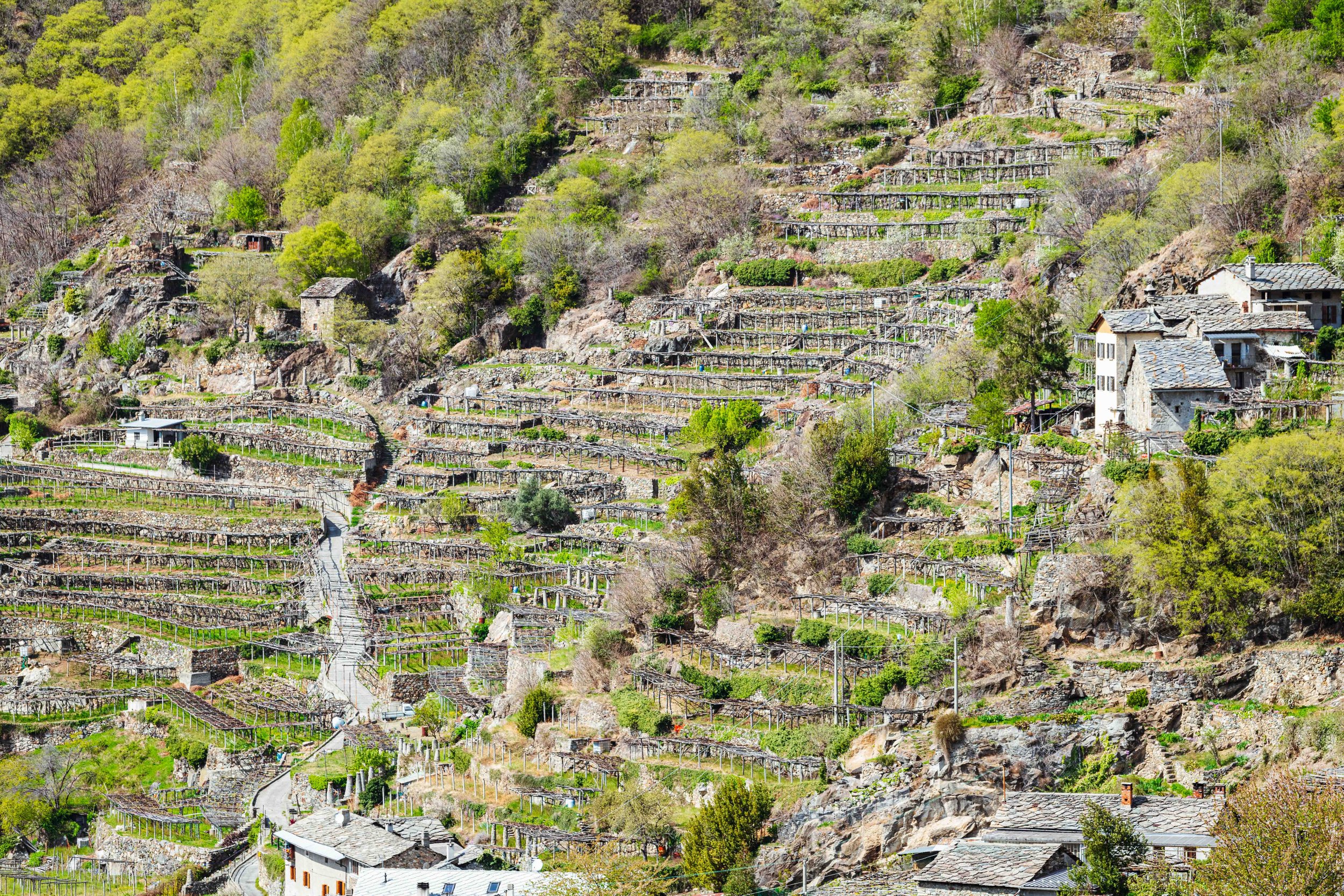
Muraje “Sumié” Nebbiolo Carema DOC
Soil type: sandy loamy glacial moraine deposited soils
Elevation: 300 and 600 meters above sea level
Grapes: Nebbiolo
Method of fermentation: Hand harvested and destemmed. Spontaneous alcoholic fermentation occurred in 15hl concrete tank, where the wine macerated on the skins until December. When the cellar warmed up in springtime, the wine underwent spontaneous malolactic fermentation, in tonneau and barrique. It was racked in early summer. Minimal sulfur was added. The wine aged 12 months in tonneau and 8 months in concrete, and was bottled unfiltered.
Muraje Nebbiolo Carema DOC Riserva
Soil type: sandy loamy glacial moraine deposited soils
Elevation: 300 and 600 meters above sea level
Grapes: Nebbiolo
Method of fermentation: Hand harvested and destemmed. Spontaneous alcoholic fermentation occurred in 15hl concrete tank. The wine stayed on the skins until December, when it was moved into used tonneau and glass demijohns. When the cellar warmed up in springtime, the wine underwent spontaneous malolactic fermentation. After 20 months of aging in old barrels, the wine is bottled without filtration.
Muraje “Patlú” Carema DOC
Soil type: sandy loamy glacial moraine deposited soils
Elevation: 300 and 600 meters above sea level
Grapes: Nebbiolo
Method of fermentation: Hand harvested, destemmed, and placed in 10 hl concrete tank for spontaneous alcoholic fermentation. The wine is macerated on the skins until December. After racking it ages in used tonneau, where Patlú undergoes spontaneous malolactic fermentation. The wine is racked again in summer. Minimal sulfur is added.
Muraje “Fileura” Erbaluce
Soil type: sandy loamy glacial moraine deposited soils
Elevation: 300 and 600 meters above sea level
Grapes: Erbaluce, average age: 50 years
Method of fermentation: Hand harvested, foot trodden, and then lightly extracted in a traditional manual press. Settled in stainless tank for a day, then racked into fiberglass for spontaneous fermentation. Aged in used barrique on fine lees, with periodic batonage. Fileura did not undergo malolactic fermentation.
Muraje “Lasú” Blend
Soil type: sandy loamy glacial moraine deposited soils
Elevation: 300 and 600 meters above sea level
Grapes: 60% Nebbiolo, 40% a mix of Nayret, Ner d’Ala, and Vernassa
Method of fermentation: Hand harvested, de-stemmed and pressed into stainless steel tank for spontaneous alcoholic fermentation. Manual daily punch downs. Six weeks on the skins. Aged in tonneau, barriques, and glass demijohns. After spontaneous malolactic fermentation, the wine is racked in springtime, and then bottled in September.
January 2023.
Federico met us in the little village where his cellar hides. Steep two lane roads, narrow curves, and lots of stone walls that make navigating close to the winery a challenge. The views are breathtaking. Across the valley are mountains. Val d’Aosta is on the horizon. We parked at the tiny village square, and continued on foot. Single-story stone barns and houses with slate roofs lined the road.
The town felt deserted.
Federico and his partner Deborah don’t live there, either. Like us, Federico drove north from Torino, to be a tour guide in his spectacular parcels of vines. Muraje means “the walls” in dialect, which makes sense in this vertiginous land. We looked out at terraces clinging to a mountainside. ‘Field’ doesn’t accurately describe it. Closer to a cliff face than a farm. The landscape has little to do with the rolling Piedmont we left behind in the morning. We’ve reached the alps, and the edge of agriculture.
I struggled with sure footholds while descending into the maze of terraces. Each of Muraje’s wines is named after a piece of the elaborate wooden structure that holds vines away from the rock wall, to soak up maximum sunlight, and to enable farmers to work below the vegetation. Sumie’ Lasú and Filura are all progressively smaller (but essential) structural elements from these impressively by-hand arbors. Patlú is a local word for a feral hairy animal. The vineyard has a lot of cats, apparently.
In January the terraces are barren. Federico has finished pruning for the upcoming year. His fields are mostly Picotendro vines, a coveted heirloom Nebbiolo variety that thrives in the mountainous northwest of Piemonte. In comparison to more famous Nebbiolo from Barolo, Picotendro from Carema offers startling pure fragrance. Pristine berries, sheer beauty and delicacy. Since farming here is conservatively five times as many labor hours per hectare as are required in the Langhe, it’s essential that the wines be beautiful. They’ll never be cheap.
Any dissent about the relevance of terroir will evaporate during a cursory visit to Carema. There’s a palpable tethering of everything that surrounds a vine to the flavors of the wines Federico fashions from the place. The crispness of the air, the severity of rock surfaces, the scale that makes humanity feel insignificant, the sound of nature and its visible encroaching presence, forcing small settlements to the periphery. Land creates the character of wine. Flavor is inextricable from place. In banal terroir, this connection can be challenging to discern. In the magnificence of Carema, undeniable connection resonates from the glass.
By any standards, Federico’s cave-like cellar is tiny. It’s remarkable he can work in the cramped space at all. In a cold, low-ceilinged room the size of a small office he fashioned some of the most compelling, immediate wines that I’ve encountered in ages. And there’s a couple pallets of wine shoved in the corner, to boot! Outgoing Picotendro, destined to show the world (or maybe a few spots in the USA and Japan) how distinct Carema is from the larger Piemonte region. It is accurate geographically to call it the Piedmont, but that (at most) speaks to the wildly enjoyable diversity of northwestern Italy. The flavor of Carema is singular.
Federico uses concrete tanks for his Carema DOC wines, and stainless steel for the table wines. It’s all spontaneous fermentation, not pied de cuve. “Each tank is alone” Federico stated. Only a small amount of SO2 is added, nothing else. He said an average of 15mg/l of sulfur is the norm at Muraje.
Most years, Federico makes 2,500 bottles of Carema DOC wine, and 1,700 bottles of vino rosso/bianco. Given those metrics, we are receiving a huge allocation from the farm. Of course I wanted more. But 300 bottles are coming to NC, enough to share my effusiveness with a few friends and open-minded customers. It’s heartening that in recent years the value of delicacy and captivating aromas has found a little more space in the commercial sphere. Expensive wine doesn’t have to be bombastic and heavy anymore. And these wines are not expensive in the context of the joy they offer.
We tasted the 2020 Sumié Carema DOC from barrel. It smelled like fresh cherry juice. The finish was fine chalk. Beautiful translucent light red color, undertones of wild herbs. Significant months in wood and concrete haven’t softened the immediacy of this bright red.
The 2021 Lasú vino rosso goes into barrel for 6-8 months. After malolactic fermentation, the wine stays in stainless steel until being bottled in September. Almost half of the Lasú is Neret, a grape with less tannin/acid than Picotendro.
For a very outré take on Erbaluce, I highly recommend grabbing one of the (sadly scant) bottles of Fileura. The white is foot-trodden, spontaneously fermented, and a world away from the light/snappy/sometimes a tad watery iterations of Erbaluce that are better for quenching thirst after an alpine hike. Filura is substantial, deserves a meal, and will spark thoughts about what’s really possible from this variety.
At the end of the cellar visit, Federico drove us to the neighboring village for a meal that no urban dining experience can surpass. We had veal carpaccio from cows raised just outside the dining room. A massive bowlful of meaty, buttery agnolotti. And exorbitant amounts of local porcini mushrooms preserved in oil. It was January 7th, and I’d already had my best meal for the year. Abundant rustic farmer fare, in an absolutely traditional dining room. It could have been 1960 in there, were it not for my iphone greedily snapping photos of food that seemed transported from a better bygone era. I crave a return visit. It’s probably better to leave it in the past. Perfect meals can’t be repeated.
